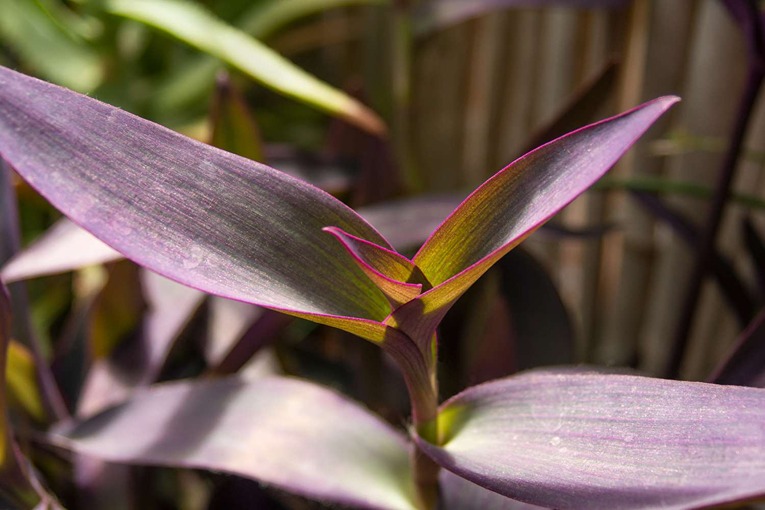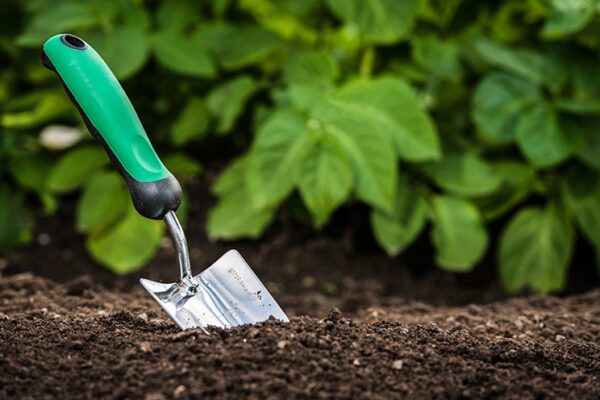How To Grow and Care For Purple Heart Plant
The ‘Purple Heart’ (Tradescantia pallida) is a resilient plant that boasts an impressive display of colors. Perennial possesses trailing stems of Purple Heart plant resembling vine-like tendrils, adding to its aesthetic appeal. Often found in pots or hanging baskets, the purple heart lives up to its name due to its silverfish purple and violet foliage.
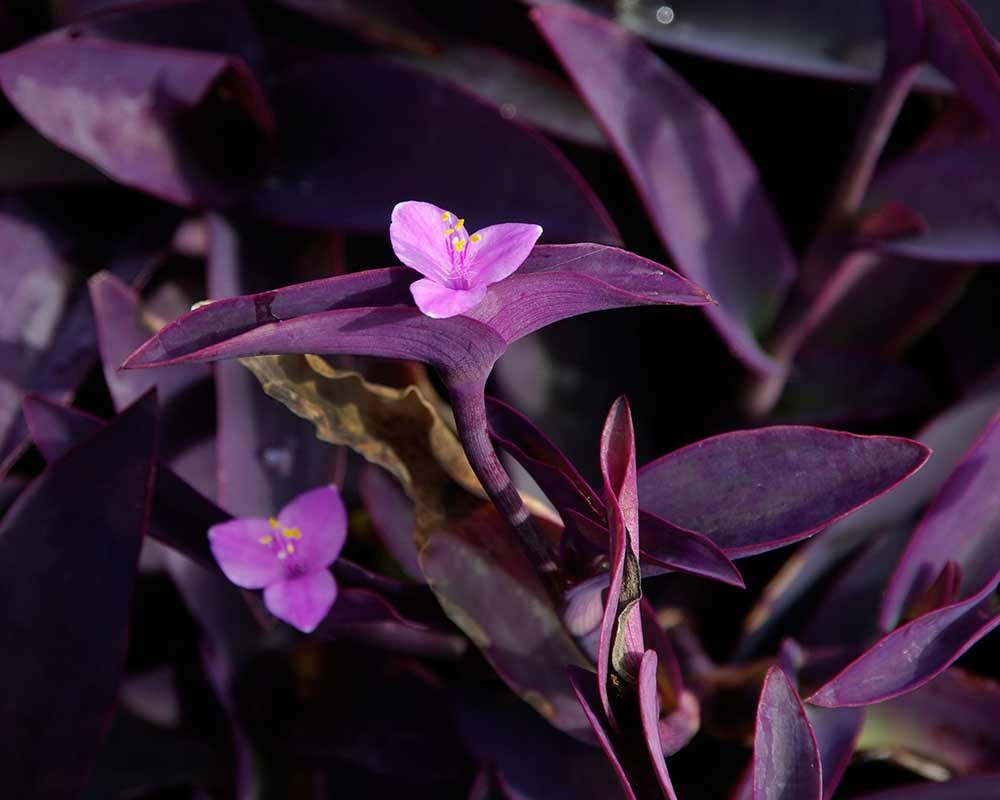
Belonging to the spiderwort family, Commelinaceae, Tradescantia species are perennial plants. Previously known as Setcreasea pallida ‘Purple Heart’ and sometimes referred to as a purple queen, this particular variety is native to the Gulf Coast region of Mexico. It can reach heights of up to one and a half feet and exhibits elongated, oval-shaped purple leaves, accompanied by small purple flowers during the summer. These striking features make it an ideal choice for ornamental use in gardens, borders, or driveways. However, it is important to note that all Tradescantia plants are toxic to humans and pets. Therefore, it is crucial to exercise caution when selecting the location for this trailing plant, as contact with the leaves or stems can cause skin irritation in certain individuals and even in some dogs.
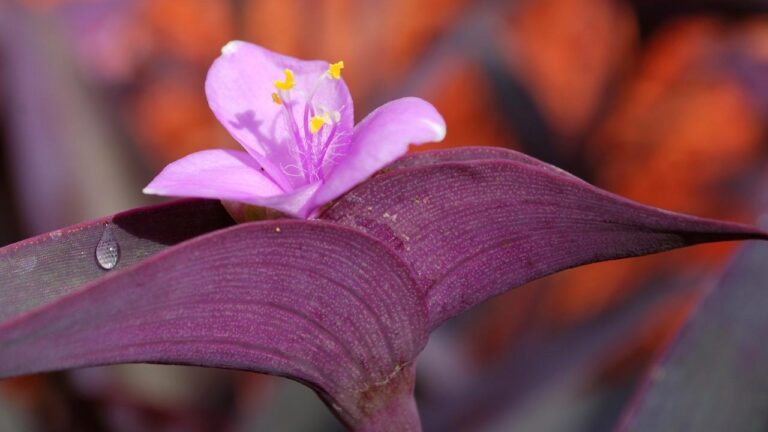
Care for the Purple Heart Plant
According to the Southern Living Garden Book, caring for purple heart plants involves providing them with bright indirect light if grown as houseplants. It is important to keep the soil fairly moist and to feed them with a general-purpose liquid houseplant fertilizer twice a month from spring to fall, and once a month during winter.
When grown outdoors, purple heart plants thrive with regular watering and a balance of full sun and light shade, even though they are relatively tolerant of drought. Growing them in full sun will enhance the development of their vibrant purple color, while growing them in the shade may result in a more greenish appearance. For optimal growth, purple heart plants require rich, moist, and well-draining soil. It is worth noting that the stems of these plants are delicate and can break easily.
Although purple heart plants are commonly used in pots and hanging baskets, they can also serve as ground cover due to their hardiness. If using them as ground cover, it is essential to exercise caution with the Tradescantia pallida species, as some more vigorous types can become invasive. To prevent spreading, select a less sprawling variety and be attentive to maintain its containment within your yard.

Light Requirements
For optimal growth of purple heart plants, it is recommended to plant them in full sun, as this promotes the development of vibrant purple stems. When grown in partial shade, the plants may appear greener in color rather than purple. It is important to provide indirect or filtered light to prevent leaf burn or scorching. However, insufficient sunlight can result in leaf drop.
Soil Requirements
Purple heart plants thrive in loose, airy, moist, and well-draining soil. Adequate drainage is crucial for their growth. Fortunately, purple heart plants are relatively adaptable to different soil pH levels, ranging from slightly acidic to slightly alkaline. To improve drainage, it is recommended to supplement the soil with perlite.
Watering Guidelines
During the establishment phase, purple heart plants require more frequent watering. However, after a few years, they become relatively tolerant of drought conditions. It is important to allow the soil to fully drain between watering sessions and wait until the top few inches of soil are dry before watering again. For established plants, weekly watering are generally sufficient, but during the blooming season or during periods of intense heat, additional watering may be necessary.
Temperature and Humidity Requirements
Purple heart plants prefer humid climates, so if you are growing them as houseplants, it is recommended to use a humidifier to replicate tropical conditions. When cultivated outdoors, the purple heart plant experiences dieback during winter when temperatures drop below 40°F (4°C), although the roots remain alive. Dry air can lead to damage to the foliage. While purple heart plants can adapt to a variety of temperatures, exposure to frost can result in permanent damage to the plants.
Fertilizer Requirements
To nourish purple heart plants, apply a diluted liquid balanced fertilizer twice a month during the growing season, which typically spans from spring to fall. It is important to avoid excessive fertilization, as it can lead to leaf burn. During the winter, reduce the frequency of feedings to once a month.
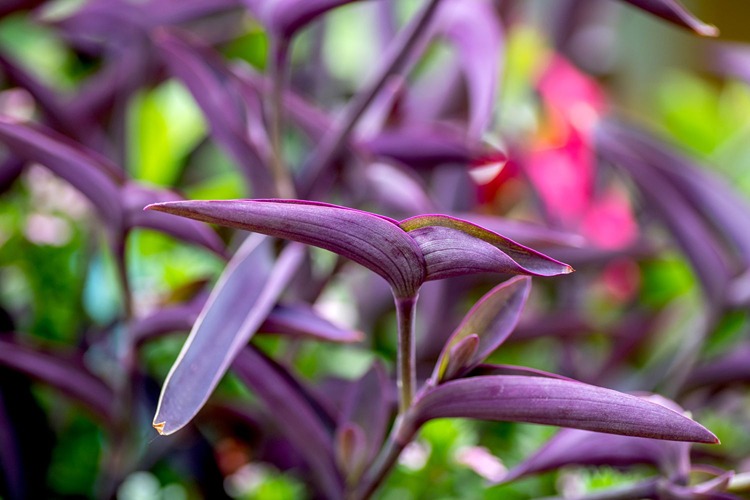
Different Types of Purple Heart Plants
In addition to the purple heart plant, there are several other widely recognized Tradescantia species:
- Tradescantia pallida ‘Variegata’: This particular plant displays striped foliage in shades of pink and red. It is commonly used in pots or as ground cover and thrives when exposed to full sun and provided with moderate watering.
- Tradescantia virginiana ‘Virginia spiderwort’: A beloved plant in the Southern regions, this species features foliage that resembles grass. It produces flowers in a range of vibrant colors, although the blooms tend to last only for a single day.
- Tradescantia sillamontana ‘White Velvet’: Known for its oval-shaped gray-green foliage, this evergreen perennial is easy to grow. It is often utilized as a distinctive ground cover in warm areas.
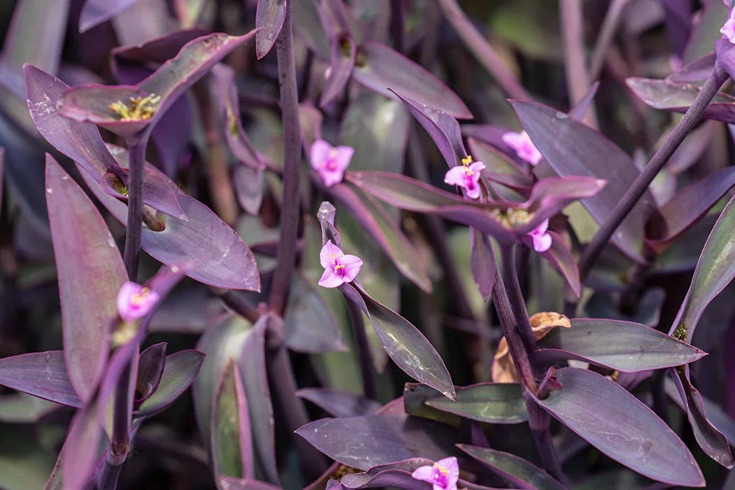
Pruning Guidelines
Due to its rapid growth rate, regular pruning is necessary to maintain the purple heart plant’s compact shape and prevent it from becoming excessively spindly or leggy. Once the flowering period concludes in the spring, utilize sharp pruning shears to trim back the growth. Additionally, pinching off stems will help stimulate new branching. When pruning during the summer, it is advisable to wear gloves to protect your skin from coming into contact with the plant’s sap.
Propagating Purple Heart Plants
Obtaining seedlings for the purple heart plant can sometimes be challenging. However, this plant readily propagates from any part of its structure by placing it in adaptable soil or water. Here’s a step-by-step guide on how to propagate the purple heart plant using stem cuttings:
- Carefully select a three-to-six-inch branch, ensuring it is free from damage, and use a sharp knife or scissors to make a clean cut just below the leaf node.
- Dip the cutting into a rooting hormone to enhance the chances of successful rooting, and then place it directly into a container filled with either potting soil or water.
- Position the container in an area with indirect sunlight and maintain the cutting’s moisture by watering it as needed.
- Allow the cutting to remain in indirect sunlight for approximately one to two weeks, ensuring the soil or water is consistently moist.
- Once roots start to emerge, it is time to transplant the new growth to its final location, such as a pot or garden bed.

Potting and Repotting Purple Heart Plants
When growing the purple heart plant as a houseplant, it may require repotting if the roots start to reach the edges of its current container. Repotting is typically done during the growing season to minimize disruption to the plant. Here’s how to report a purple heart plant:
- Select a larger container that provides ample space for the plant’s roots to grow. Ensure the new pot has sufficient drainage holes to prevent water logging and root rot.
- Fill the new pot with moist potting soil, leaving enough room for the root ball of the purple heart plant.
- Carefully remove the plant from its current pot, gently loosening the roots if they are tightly bound.
- Place the plant into the new pot, positioning it at the same depth as before or slightly higher.
- Fill the remaining space in the pot with additional potting soil, gently pressing it down to secure the plant.
- Water the newly repotted purple heart plant thoroughly, allowing excess water to drain away.
Overwintering
Purple heart plants have the ability to withstand cold weather, although frost typically causes the top portion of the plant to die off. However, comes spring, it will regrow from its roots.
If you wish to ensure the survival of your purple heart plants during winter, nurturing them as houseplants is a viable option. They thrive in indoor environments and provide both aesthetic value and air-purifying benefits. Purple heart plants enhance air quality by filtering pollutants and respiratory irritants.
In regions where temperatures drop below 40°F (4°C), it is advisable to bring the plants indoors to prevent cold damage. By providing a sheltered environment, you can protect your purple heart plants and ensure their well-being throughout the winter season.

Common Pests & Plant Diseases
Purple heart plants are typically not a favorite target for deer. However, there are a few pests that may take an interest in these plants. Keep an eye out for leaf beetles, scales, mealybugs, aphids, vine weevils, caterpillars, slugs, and snails. If a pest infestation occurs, you may notice small holes appearing on the foliage. In such cases, using a solution of soapy water or applying an appropriate insecticide can help address the issue.
One common plant disease affecting purple heart plants is root rot. This fungal disease usually arises from poor soil drainage or a lack of oxygen around the plant’s roots. It can also spread through contaminated soil. If you encounter root rot, it is advisable to use sterilized pruning shears to remove the infected areas. Alternatively, you can consider transplanting the affected plants to a new location with uncontaminated soil. By addressing these pests and diseases promptly, you can help ensure the health and vitality of your purple heart plants.
Common Issues with Purple Heart Plants
Purple heart plants are generally resilient, but they can encounter problems related to watering, sun exposure, or soil nutrients. Here are some key considerations when caring for purple heart plants:
Yellowing Leaves
Yellow leaves often indicate overwatering. Excessive moisture can also disrupt the nutrient balance in the soil. To address this, allow the top few inches of soil to dry out before watering again, and ensure that containers have sufficient drainage holes. It’s worth noting that older plants may naturally develop yellowing leaves due to their age.
Black/Brown Leaves
Similar to yellowing leaves, brown leaves are often a sign of aging in plants. Purple heart plants may develop brown leaves when they lack adequate moisture or humidity. Additionally, excessive exposure to direct sunlight can cause leaves to turn brown. If growing the plants indoors, using a humidifier or relocating them to the bathroom during showers can help create a more humid environment.
